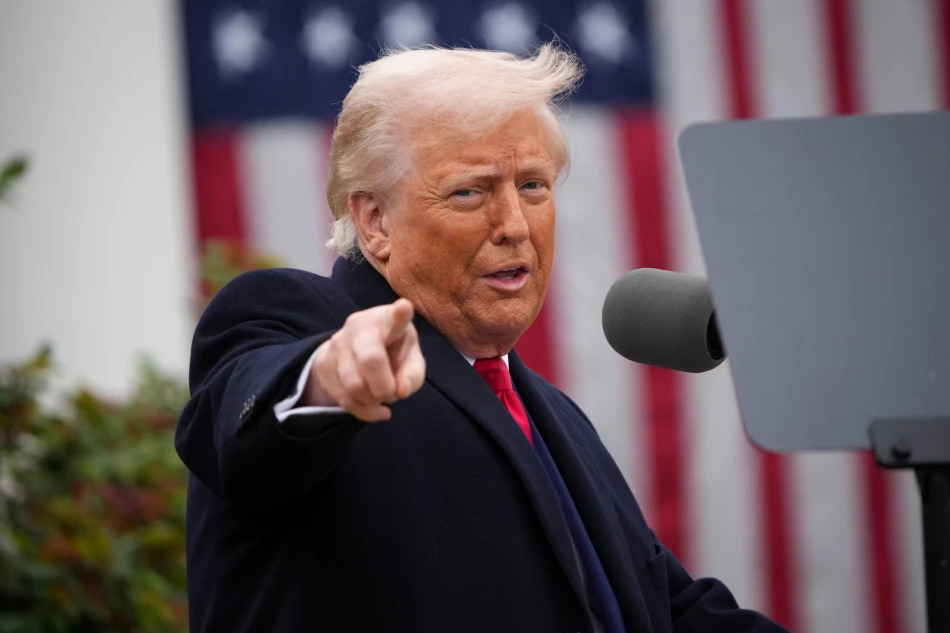
Arab Nations Face Heightened Customs Fees Under Trump's Tariff Policies
Trump Launches Sweeping Tariff War: Brazil Hit Hardest at 50%, Syria Faces 41% Trade Penalties
President Donald Trump signed an executive order Thursday evening imposing aggressive new tariffs on dozens of countries where the U.S. runs significant trade deficits, marking his most comprehensive trade restructuring effort yet. The move, framed by the White House as benefiting American workers, will see tariffs ranging from 10% to 50% take effect August 7th—a week later than originally planned—potentially reshaping global trade flows and supply chains.
The New Trade Landscape: Winners and Losers
Brazil faces the steepest penalties at 50%, while Syria tops the list among Middle Eastern nations at 41%. The tariff structure reveals Trump's strategic approach: countries without bilateral trade agreements bear the heaviest burden, while nations with existing deals maintain their negotiated rates.
Middle East and North Africa Take Heavy Hit
Arab nations face particularly steep increases, with Iraq at 35%, Algeria and Libya at 30%, Tunisia at 25%, and Jordan at a relatively modest 15%. These rates reflect both trade deficit concerns and the absence of comprehensive bilateral agreements—a gap that may now drive urgent diplomatic negotiations.
Traditional Allies Not Spared
Even close partners face increases: the UK sees 10% tariffs, while the EU, Japan, and South Korea face 15%. Switzerland's 39% rate stands out among European nations, likely reflecting its significant trade surplus with the U.S. in high-value goods like pharmaceuticals and precision instruments.
Market Implications and Corporate Scramble
The announcement has triggered widespread concern among exporters to the U.S. market, with companies likely reassessing supply chains and pricing strategies. For investors, this represents both risk and opportunity—domestic U.S. producers may benefit from reduced foreign competition, while import-dependent sectors face margin pressure.
Canada's tariff increase from 25% to 35% on non-NAFTA goods signals that even North America's integrated supply chains aren't immune to Trump's trade restructuring agenda.
Asian Response: Relief Mixed with Urgency
Several Asian economies expressed cautious relief that final tariffs came in below threatened levels. Cambodia and Thailand saw proposed rates drop from 36% to 19%—still significant but manageable for export-driven economies.
Taiwan's 20% rate has prompted immediate calls for bilateral negotiations, highlighting how these tariffs serve as both economic policy and diplomatic leverage. The island's strategic importance in semiconductors gives it strong bargaining power for potential reductions.
Strategic Analysis: Beyond Trade Numbers
This tariff structure reveals Trump's broader economic nationalism strategy. By exempting bilateral agreement holders while penalizing others, the administration creates powerful incentives for countries to negotiate individual deals—potentially weakening multilateral trade frameworks like the WTO.
The timing, just months into Trump's term, suggests these measures are foundational rather than tactical. Unlike previous trade disputes focused on specific sectors, this comprehensive approach signals a fundamental shift toward managed trade relationships rather than free market principles.
For global markets, the August 7th implementation date provides a brief window for diplomatic solutions, but the scope and scale suggest Trump views trade deficits as a zero-sum game requiring aggressive correction rather than gradual rebalancing.
 Sara Khaled
Sara Khaled







